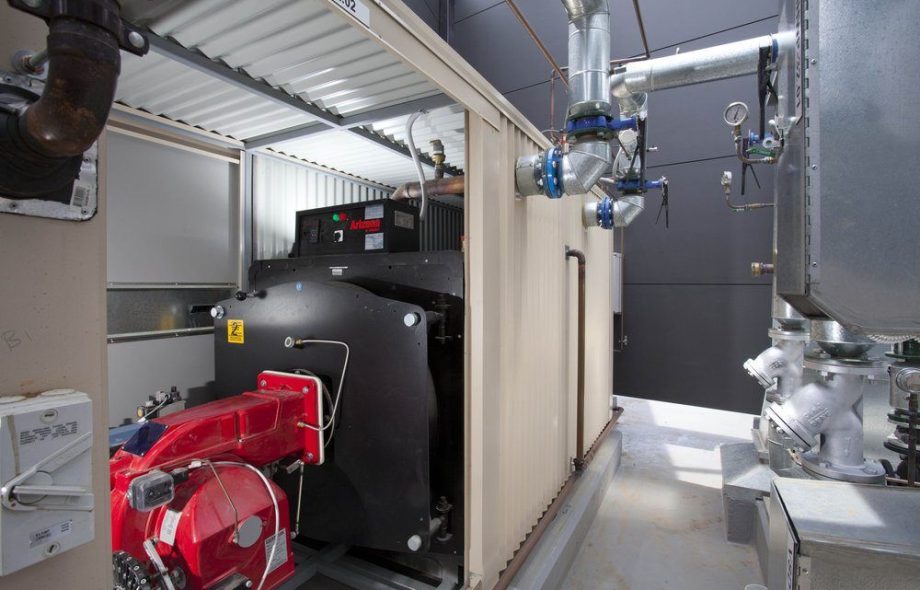When people hear the term pre-manufactured plant rooms, they might imagine something futuristic or overly complex. In reality, these spaces are smart, practical solutions that help speed up construction projects, especially in critical sectors like hospitals, clinics, and care facilities. They’re often linked with modular healthcare buildings, where efficiency, safety, and reliability are essential.
If you’re new to the idea, this article will break down the basics in a clear and easy-to-follow way.
What Exactly Is a Pre-Manufactured Plant Room?
A plant room is simply a dedicated space in a building that houses all the important mechanical and electrical equipment. Think heating systems, water tanks, boilers, pumps, and air-conditioning units. Instead of building these rooms from scratch on-site, construction teams can now order them as pre-fabricated units.
These rooms are designed, built, and tested in a controlled factory environment. Once completed, they are delivered to the construction site as a ready-to-install unit. It’s a bit like ordering a flat-pack kitchen, but on a much larger scale and with all the plumbing and electrics already in place.
Why Are They Used in Healthcare?
Healthcare facilities rely heavily on dependable services such as heating, cooling, clean water, and ventilation. A small fault in these systems can disrupt patient care. That’s why pre-manufactured plant rooms have become so popular in modular healthcare buildings.
Some of the main reasons include:
Speed: Hospitals often need to expand quickly. Pre-fabrication saves months of construction time.
Reliability: Since everything is tested in the factory before delivery, the chance of on-site failure is much lower.
Hygiene and safety: Factory environments are clean and controlled, which reduces construction dust and noise in sensitive healthcare zones.
How Do They Work?
The process usually follows these steps:
Design phase – Engineers design the plant room according to the specific needs of the healthcare project.
Factory build – All components (pumps, boilers, pipework, electrical panels) are fitted inside a steel-framed unit.
Testing – The unit is fully tested to make sure it works as intended.
Delivery and installation – The finished plant room is transported to the site and connected to the main building systems.
It’s a streamlined approach that eliminates a lot of the on-site hassle that traditional construction brings.
What Are the Benefits?
For someone looking at the bigger picture of modular healthcare buildings, pre-manufactured plant rooms bring a range of benefits:
Time-saving: Traditional plant rooms can take months to build. Prefab units cut that time significantly.
Cost-effective: Less time on site means lower labour costs and fewer unexpected delays.
High quality: Because everything is made in a factory, the quality control is much stricter.
Flexible: Plant rooms can be customised for different healthcare needs, whether it’s a small clinic or a large hospital.
Scalable: As demand grows, more units can be added without disrupting the existing setup.
Are There Any Downsides?
Like any solution, pre-manufactured plant rooms aren’t perfect. The main challenges can include:
Transport limitations: Because they’re large, moving them from the factory to the site can be tricky.
Upfront planning: Since they’re built off-site, the design needs to be finalised earlier in the project compared to traditional builds.
That said, for healthcare projects where time and reliability matter most, the advantages usually outweigh the challenges.
How Do They Fit Into the Future of Healthcare Construction?
The global healthcare sector is under pressure to deliver facilities faster, safer, and more cost-effectively. Pre-manufactured plant rooms perfectly complement modular healthcare buildings, where speed and flexibility are vital.
They’re also a sustainable choice. By reducing onsite waste, cutting down construction time, and improving efficiency, these solutions support greener building practices. For hospitals aiming to expand quickly without disrupting patient services, prefab plant rooms are proving to be a game-changer.
Final Thoughts
Pre-manufactured plant rooms might sound technical, but their role is simple: they make essential healthcare services more reliable and quicker to install. In the world of modular healthcare buildings, they’re becoming an essential building block, ensuring that hospitals and clinics can meet growing demands without long delays.
Whether you’re a healthcare planner, project manager, or simply curious about modern construction methods, understanding pre-manufactured plant rooms gives you insight into how healthcare facilities of the future are being built—faster, smarter, and more efficiently.
 :
https://www.mtxcontracts.co.uk/
:
https://www.mtxcontracts.co.uk/












